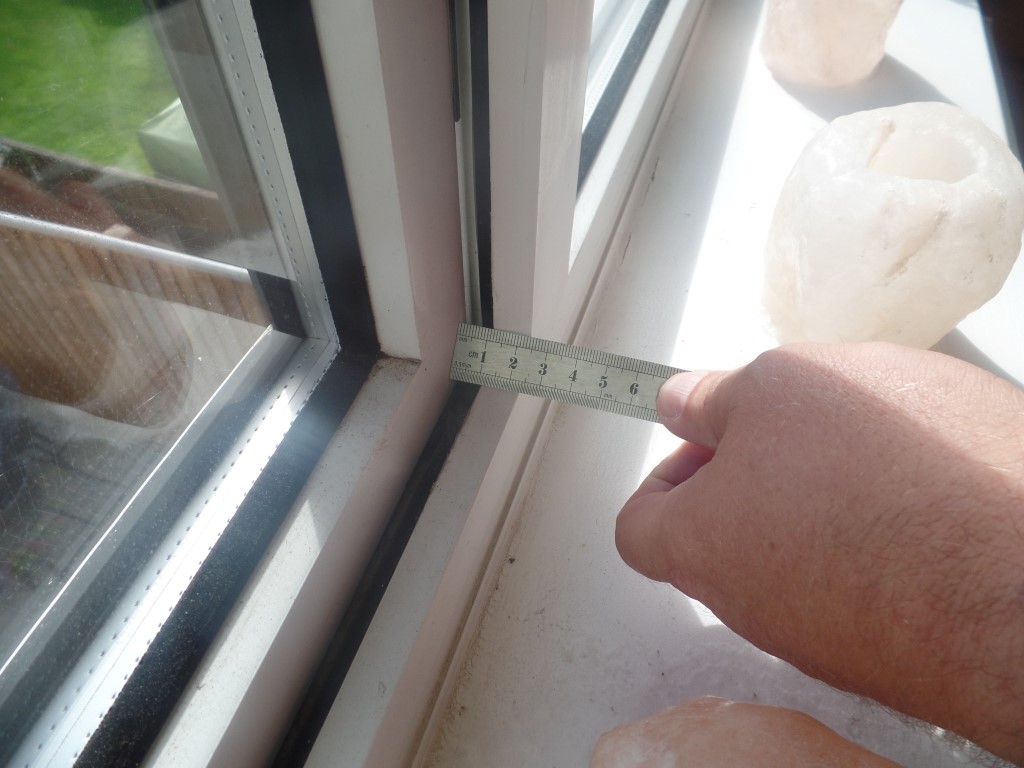Life Cycles

Life cycle
There are numerous institutes who calculate life cycle data for the various products and elements of the building. The Building Research Establishment is the pre-eminent source for this data. There are further studies funded by other bodies such as the British Plastics federation and insurance companies. Windows are a good example with a basic google search highlighting almost 30 million results for life cycle of plastic windows.
When surveying it is important to consider the life cycle of the materials involved. This can help us give a time estimate for how long an element may last. This will help our clients plan for the future and potentially when they may need to replace the item. As well as help us report on their condition.
An example
This is when it starts to get complicated as for example the window maker Everest suggests an expected lifespan of 20 years. Whereas the Federation of master builders suggests 35 years. Historically the BRE guidance suggests 25 years but a recent study funded by the British Plastics Federation has made them stretch this to almost 35 years.
When calculating the life cycle of a material it is important to remember who is funding this research and why they may be funding this research. Again, using the example of windows the British Plastic Federation have a marked interest in attempting to suggest a longer life span. Their members will sell more products! Also, the materials and workmanship used in the testing of these products is likely to be much higher than that that would be found in the real world. If you live near the coast for example metal components will corrode much faster. There is also maintenance considerations, has the item been well maintained or not.
The best real world data comes from experience. This is why it is important to have an experienced surveyor look at a property. Again, looking at windows for an example we generally do not see windows operating correctly/efficiently after around 25 years. At this point the frames may be externally beaded. A security concern. The glass is not e-coated so does not perform as well thermally. The metal components will likely be suffering considerable wear and corrosion. The seals will likely have failed around the glass and the frames by this date.
